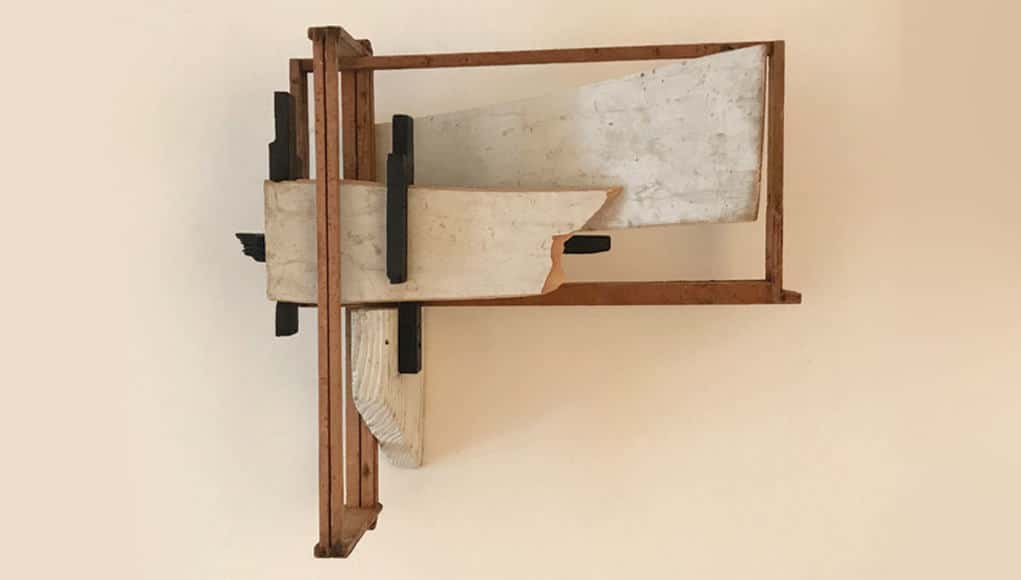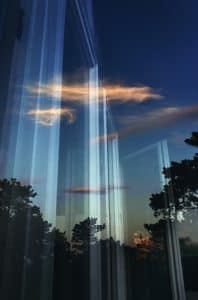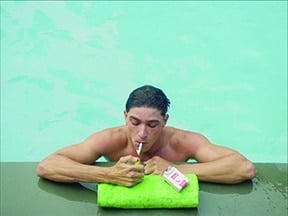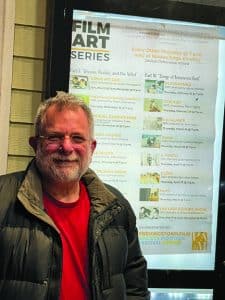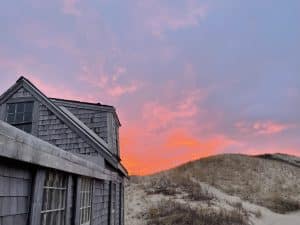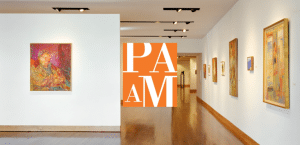The Art of Salvation
by Steve Desroches
Top Image: Old Hope (19 x 20 x 9 “ wood, hive wood, gesso), 2021
When Paul Bowen was a fellow at the Fine Arts Work Center in the late 1970s he’d often walk down Pearl Street to the harbor beach for a morning stroll. As he crisscrossed the beach from the edge of the water to the wrack line, he’d collect items that had washed up, often old pieces of wood that had been bobbing around the Atlantic. He’d use them in his latest sculpture or hang on to it for years when suddenly its usage seemed obvious for a new work. Scavenging the beach is an age-old Provincetown custom, and in perhaps its grandest form, there were those who would comb that back shore after a shipwreck. Or in even more grandiose form, the mooncussers were rumored to have intentionally caused ships to wreck, confusing the captain with their lanterns from the beach. Pieces of wrecked ships and their cargo can still be found in the walls of old homes undergoing renovations, or sometimes, sadly, demolition.
The scavenging custom is familiar to Bowen, a native of Wales, as the stories of mudlarking the banks of the River Thames in London permeated the culture of the United Kingdom. The poor of the English city would survey the muddy muck of the Thames looking for anything that could be sold or used that somehow had made its way into the river. This archaeology of necessity told the story of a city and its people through society’s detritus. And that, in part, informs Bowen’s work as he uses found objects in each piece. From his Welsh seaside childhood home to that of Provincetown, the ocean has continually provided materials worn not just from the elements, but prior by human hands.
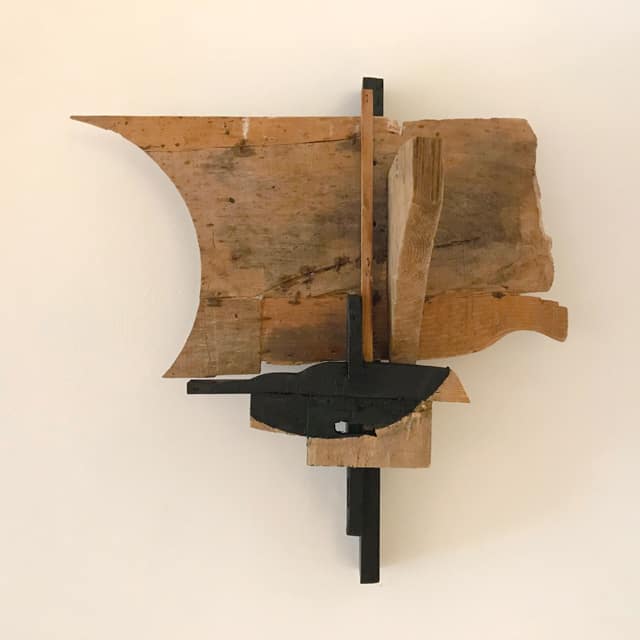
“If you go to Italy, or many places in Europe, you can see old stone staircases where the middle of each step is worn down,” says Bowen. “Thousands of people for sometimes thousands of years walked up and down the middle of that staircase until it was worn down the middle. Anytime something shows age it tells a story. If it’s a coffee stain on an old table or the smoothness of a well-used handrail it permeates with time. It’s like the scar tissue of the world.”
It’s here in Provincetown that Bowen started the meditative practice of foraging on the beach. And having moved to Vermont with his wife in 2005, he now looks along streams and rivers in the Green Mountain State, and incorporates those materials with all that he’s collected from his 30 years of living in Provincetown. His most recent works now hang in the Albert Merola Gallery in a show titled Woodlarking, a play on the name of the collective process that started at the dawn of the Industrial Revolution when humans began to consume and discard at a ferocious rate. Refashioned, each piece echoes with history as Bowen follows his artistic instincts with each creation. Looking at his work from the last four decades, and in the show Woodlarking, is a study in technique, pattern, and vision. And one common device is the use of the circular or the round in Bowen’s sculptures
“When I first started walking the beach and collecting things I carried this big canvas bag,” says Bowen from his studio in Vermont. “And when I got back I’d dump it all on the floor. Eighty percent of the time as I began to put it all together it would come out round. I quibbled with myself that this was a predisposition of the materials or it was instinct. I don’t know.”
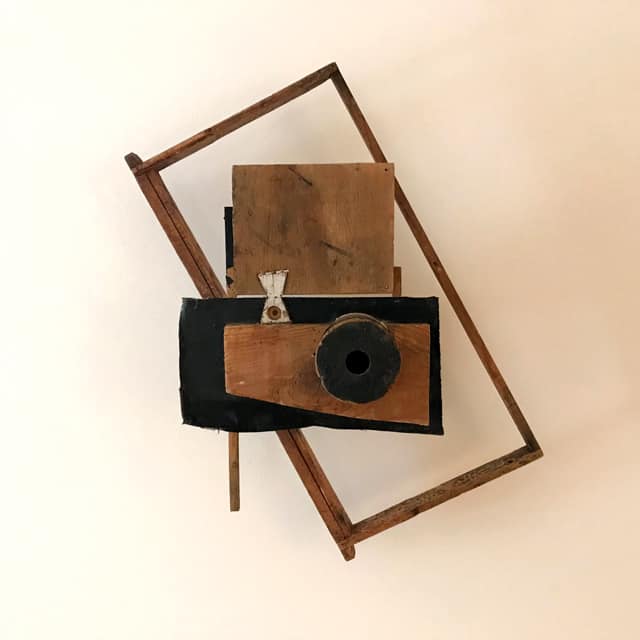
Though not by design or philosophy, there is a reflection on the circular nature and shape of Provincetown itself: that sharp curl that happens at the end of Cape Cod that holds the town in its sandy palm. Some call it magic, others an obsession or a craving, but there is an indefinable inertia to Provincetown that can snag a soul, like a lover you just can’t give up. All that makes up the culture and spirit of Provincetown can become part of your DNA. The transient nature of the population seems to be an innate part of the culture, and the diaspora of those who fell for Provincetown, but had to leave for one reason or another, means that that culture travels far and wide, informing the lives of those who came to Land’s End and were enchanted. While Bowen may have spent the last 15 years in Vermont, he still feels very much a Provincetown artist.
“I still think of myself as a Welshmen, and I still think of Provincetown as my second home,” says Bowen. “I identify with Provincetown enormously. It means so much to me. It’s supported me from the day I arrived in town. Ninety-five percent of all the good things that have happened to me as an artist happened in and because of Provincetown. I feel at this point it’s part of my identity no matter where I am.”
Paul Bowen: Woodlarking is on exhibition at the Albert Merola Gallery, 424 Commercial St., Provincetown,now through September 1. For more information call 508.487.4424 or visit albertmerolagallery.com

